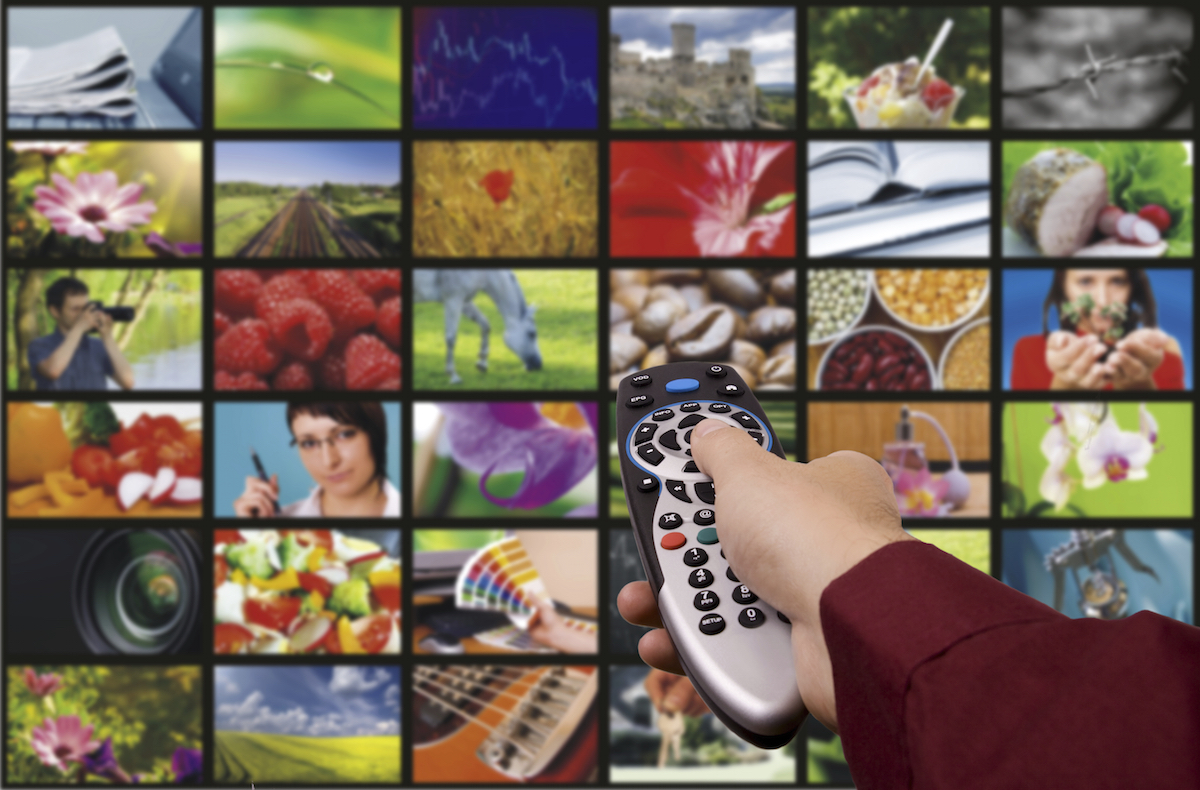After years of buzz, we are finally seeing some major leaps in streaming video quality. The Ultra-HD TV from Samsung stunned the crowd at CES 2014, and Netflix started its push for 4K content in last October, for good reason: not only does 4K content mean a higher subscription fee, Netflix also leveraged it to promote its Open Connect Initiative, an effort to partner with ISPs in various operating markets to localize substantial amounts of traffic with open peering.
That said, there are still some legitimate obstacles keeping 4K videos from becoming the norm in over-the-top streaming. Besides the fact that most of TV sets currently in the market have yet to add 4K support, streaming high-definition video to millions of users also poses a complex challenge to the broadband infrastructure. Recent reports claim that the upcoming new Apple TV model will not support 4K video streaming, citing additional production cost and low consumer interest as primary reasons.
While it is easy to see why Apple may choose not to tap into the nascent 4K content market just yet, in the long run, as production cost wanes and internet speed continues to improve, Netflix might just be getting the first-mover advantage as the ultra-sharp new standard of the streaming experience in the near future.

